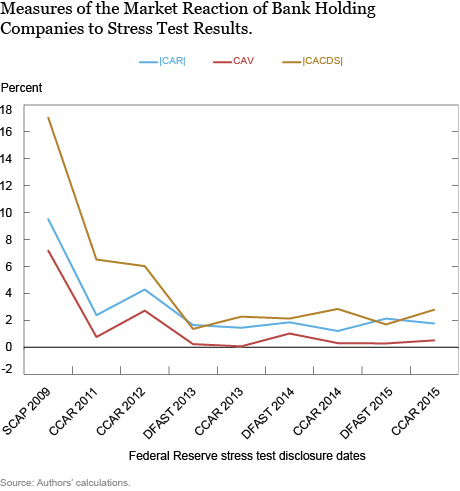Regulators were fast and furious with their reports, releases and announcements last week. Here is a brief synopsis of what mattered most, including our commentary on what market participants should look out for.
Basel assessment: Analysis of risk-weighted assets for credit risk in the banking book. This study has multiple sections looking at how banks measure RWA. For our purposes, we will note that Exposure-at-Default is measured differently by banks, which contributes to erratic results when comparing a data set. The problem is that banks are setting the supervisory Credit Conversion Factor (CCF) at zero with no rationale. This means that the CCF is either poorly understood, not working correctly or subject to manipulation. The assessment also found that generally speaking, banks are doing a good job in risk model validation.
Fed Staff Paper: “Organizational Complexity and Balance Sheet Management in Global Banks”. Nicola Cetorelli and Linda Goldberg, both of the New York Fed, released a paper showing that “branches of conglomerates in more complex families have a markedly lower lending sensitivity to funding shocks… The complexity of the conglomerate can change the scale of the lending channel for a large global bank by more than 30 percent.” They ran a test using the FDIC’s 2010 tax on wholesale funding, and found that conglomerate banks’ lending activity was much less impacted than non-conglomerate banks. The implication for policy is that banks that are part of diversified corporations are probably more resilient than independent banks in withstanding funding shocks (ie, are less likely to fail).
IOSCO Updates Information Repository for Central Clearing Requirements for OTC Derivatives. This repository is a listing of all the rules that domestic regulators have made so far on CCPs for OTC derivatives. Its terribly boring to read and we were hoping that it would include data on OTC derivative clearing activity to date. No such luck. But if you need to make a chart based on all the rules in one place, this is where to go.
Fed Blog Post: “Are Stress Tests Still Informative?”. In what could possibly be construed as a self-serving analysis, authors at the Fed’s Liberty Street Economics blog found that yes, their stress tests still provide useful information to regulators and the market. The article provides a graph, below, of the combined market impact of the stress tests over the years. While the impact has declined, there is still important information in the results.

Bank of England: New York Fed conference “defining the objectives and goals of supervision” – speech by Andrew Bailey. Although the conference was March 18, 2016, the Bank of England released the text of this speech just last week. We thought this quote was very pertinent to our understanding of how Bank of England regulators see themselves in the current market.
“Risk is our business. This conference is about supervising large, complex financial institutions. I read too often the criticism of supervision that we cannot understand the risks of these institutions, and so we should give up all hope of doing so. It’s an argument which seems to say, we can’t value the firm, we can’t supervise it, and we can’t resolve it, so therefore let’s ensure it has a very large amount of equity financing, what I call the “Big Equity” argument. Honestly, it’s a nonsense. Large amounts of equity financing will not be available for such firms, so the best we can say is that this is a route to a radically different financial system, but in that world the risk goes somewhere else, and we shall still be worried…. But I want to emphasise that understanding risk is at the heart of supervision.”
The implication here is that other regulators see themselves differently, for example protectors of public virtues, etc.


